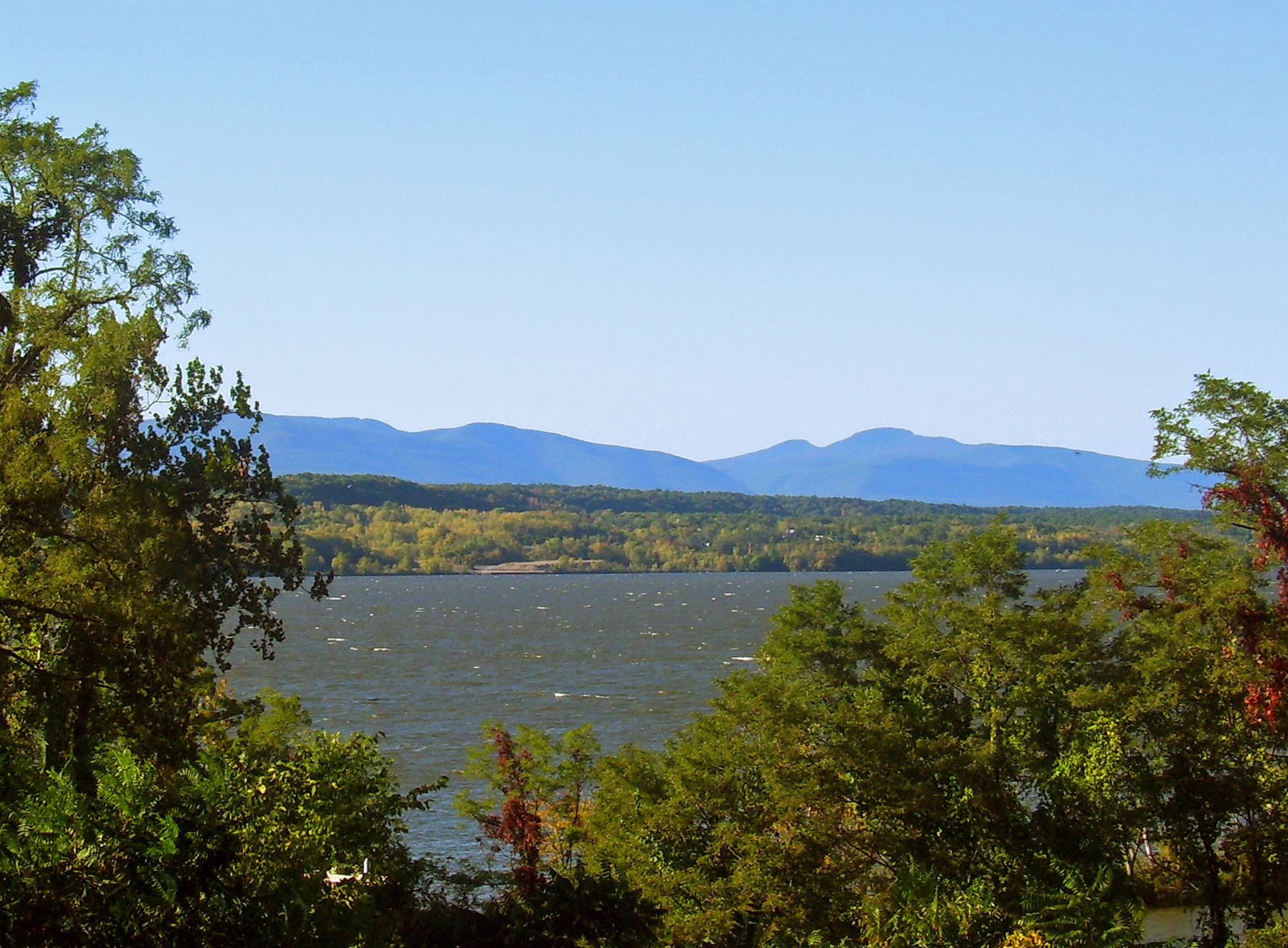Hey,
Well I'm not sure where to post this so I figured I'd do it here.
It may seem like a dumb question but I am still a little confused. When people talk of a mountain's height, mostly they are talking in relation to sea level. (i.e. Vail mountain is 11570 feet elevation above sea level total) with a low level base elevation of 8120 feet above sea level and therefore it's vertical is 3450 feet.
My question is this, if you take another mountain and lets just use random figures. Let's say it's elevation is 6000 feet and it's base is 1500 feet and a vertical of 4500 feet, that would seem to mean that the mountain itself is bigger?
I'm not trying to look at it from a ski perspective, but more from just a general perspective because this past summer I took a drive through the white mountains and I could swear they seemed more prominent and bigger in size than some of the rockies I've seen out west in Alberta/B.C.
Anyway, just trying to clear it up.
Thanks
Well I'm not sure where to post this so I figured I'd do it here.
It may seem like a dumb question but I am still a little confused. When people talk of a mountain's height, mostly they are talking in relation to sea level. (i.e. Vail mountain is 11570 feet elevation above sea level total) with a low level base elevation of 8120 feet above sea level and therefore it's vertical is 3450 feet.
My question is this, if you take another mountain and lets just use random figures. Let's say it's elevation is 6000 feet and it's base is 1500 feet and a vertical of 4500 feet, that would seem to mean that the mountain itself is bigger?
I'm not trying to look at it from a ski perspective, but more from just a general perspective because this past summer I took a drive through the white mountains and I could swear they seemed more prominent and bigger in size than some of the rockies I've seen out west in Alberta/B.C.
Anyway, just trying to clear it up.
Thanks

